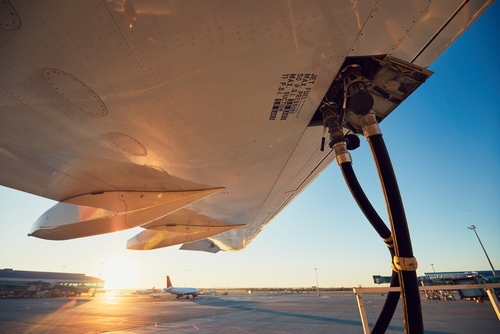Jet fuel consumption sags for months-running amidst COVID-19 impacts

Commercial jet fuel demand collapsed alongside global commercial passenger flight volumes as the COVID-19 pandemic hit full stride in March and recovery has been a slow process since.
A report released by the U.S. Energy Information Administration (EIA) last week painted the full picture of the slump, which saw average flights per day drop from 70,000 in January and February to less than 25,000 in April, and average fuel volumes plummet from 4.3 million barrels per day to just 1 million b/d. While things are beginning to recover, as of the first two weeks of July, the consumption of jet fuel by commercial passenger flights remained at 69 percent less than what it was at the same time last year.
Much like the pandemic itself, the freefall has been felt worldwide, though the specifics vary region by region. As of June, for example, consumption remained down by 43 percent in China, compared to 75 percent in the U.S. The areas of greatest impact were the rest of the Americas, at an 88 percent reduction, and Europe, at 87 percent, though Africa — excluding North Africa — was not far behind, at 85 percent.
Consumption of jet fuel for commercial passenger flights declined by 0.7 million b/d worldwide between February and March, before ramping up to 2.4 million b/d between March and April. Things recovered by only 0.1 million b/d in May and 0.3 million b/d in June.
Still, some hope has been spurred by domestic air travel, which has faced fewer restrictions than travel abroad. Domestic flight share surged to 56 percent of all jet fuel consumed as of June, up from 30 percent in 2019.
All EIA data was pulled from the aviation company Cirium and analyzed based on-flight origin and destination. The EIA then estimated the volume of jet fuel consumed by each flight and used this to estimate the total volume of jet fuel consumed worldwide. Notably, these assessments did not include consumption by military aircraft, non-passenger cargo flights, or general aviation.
